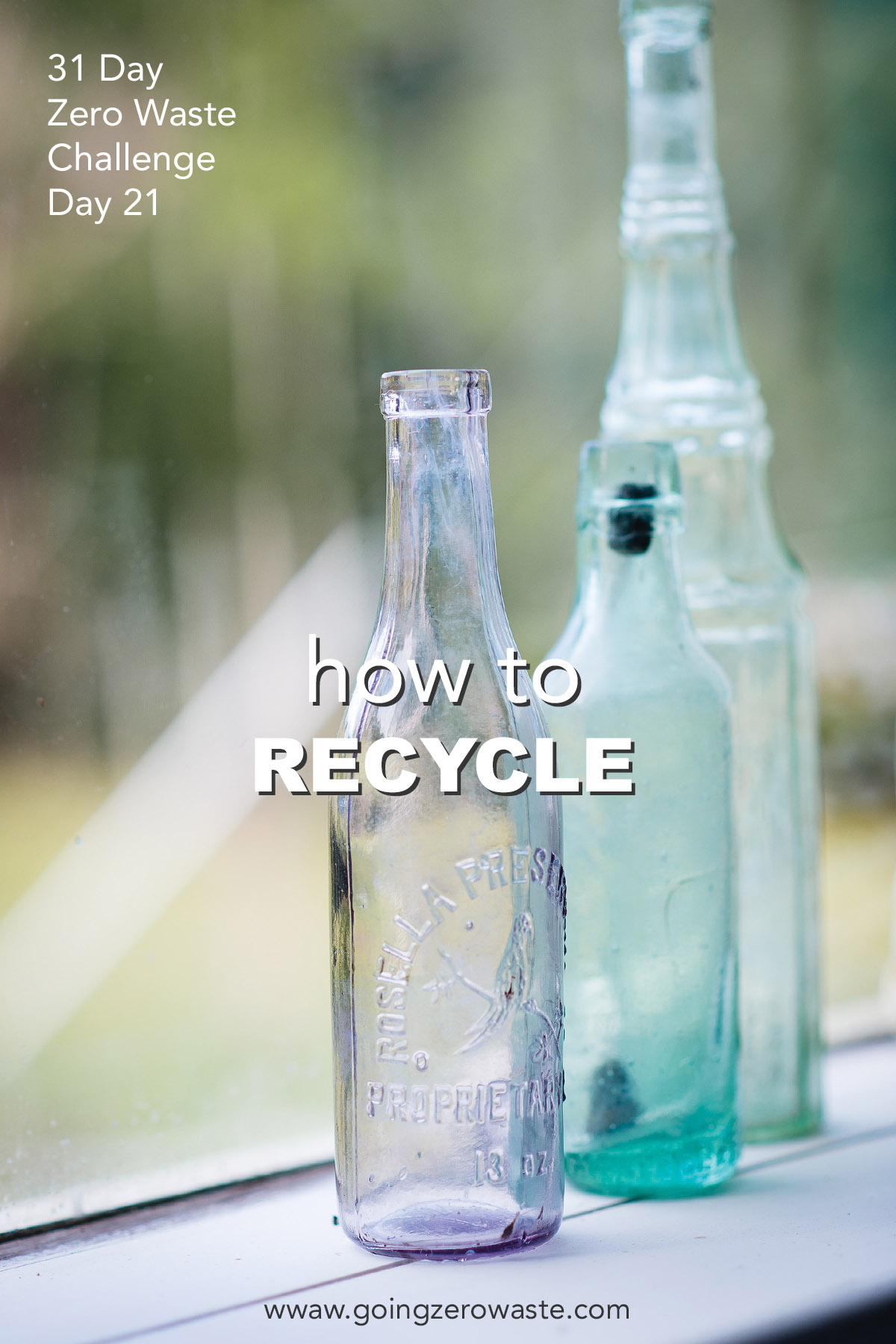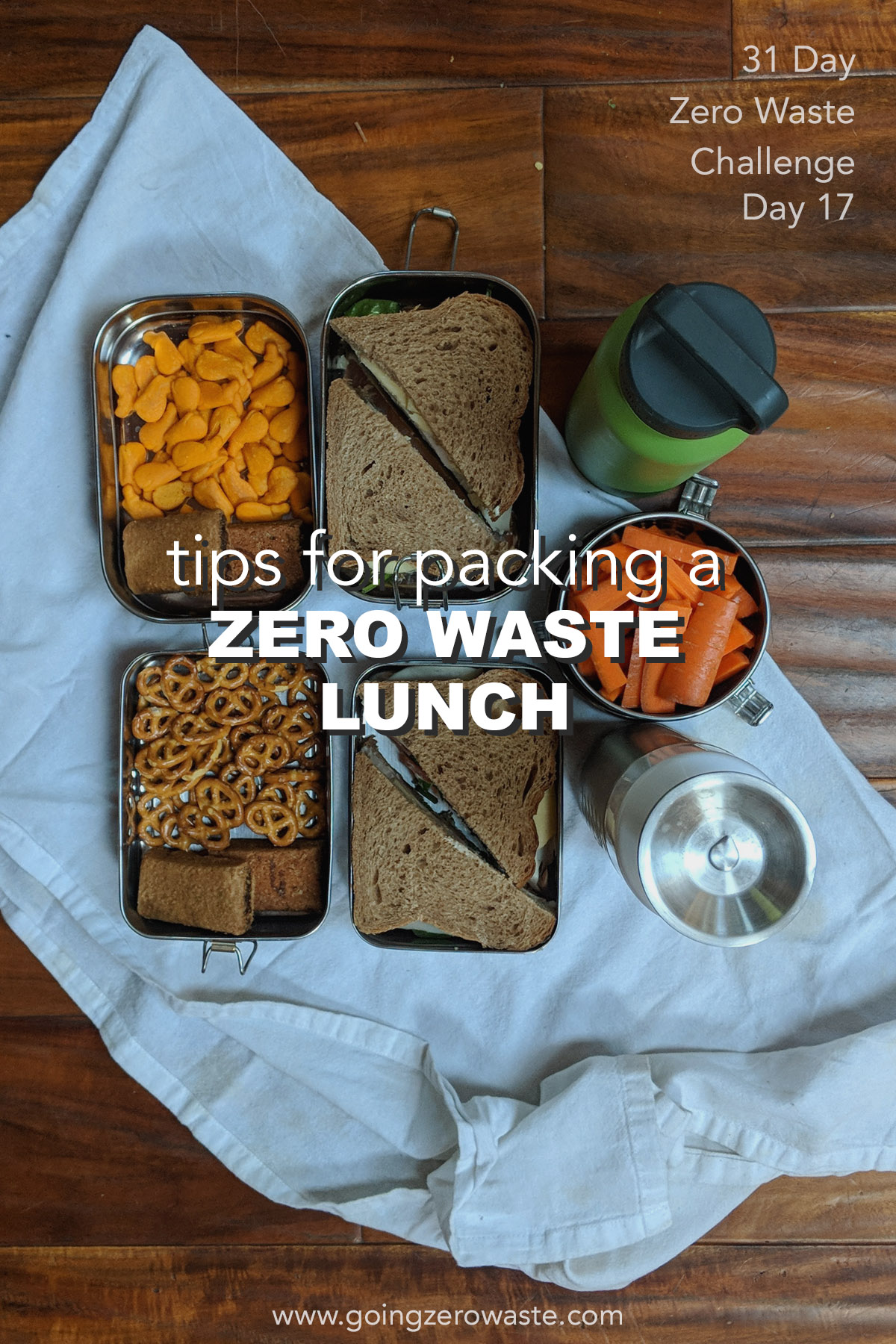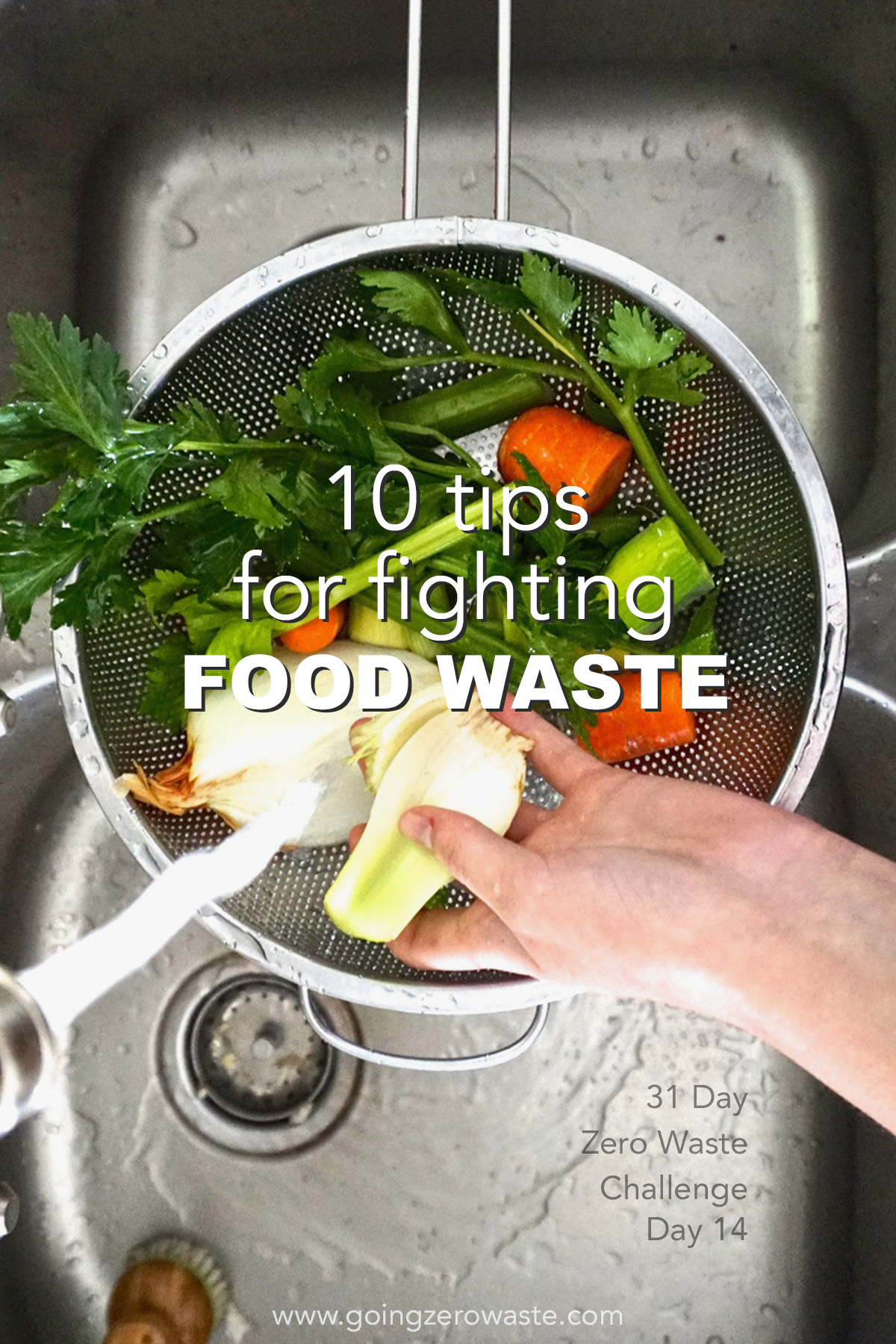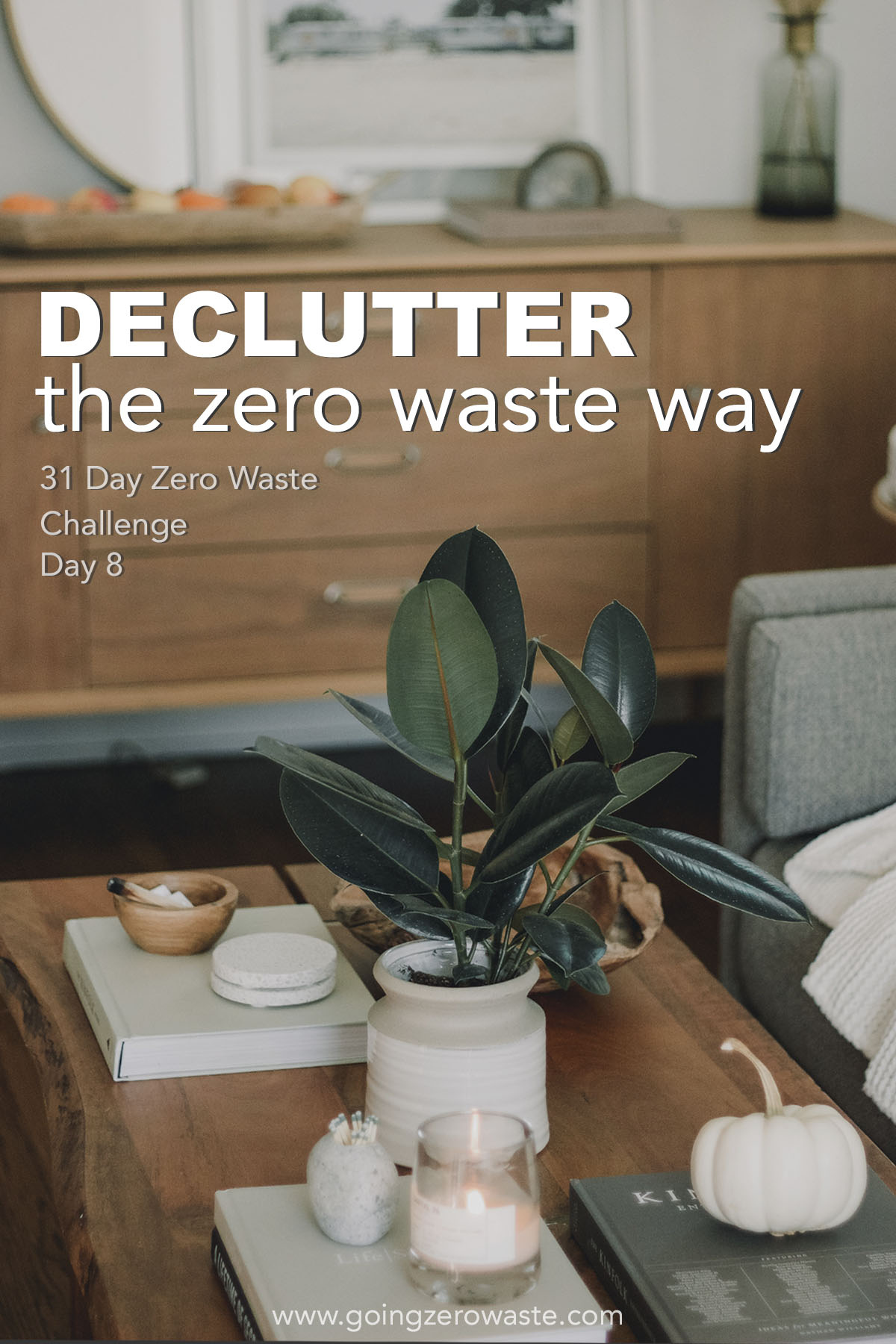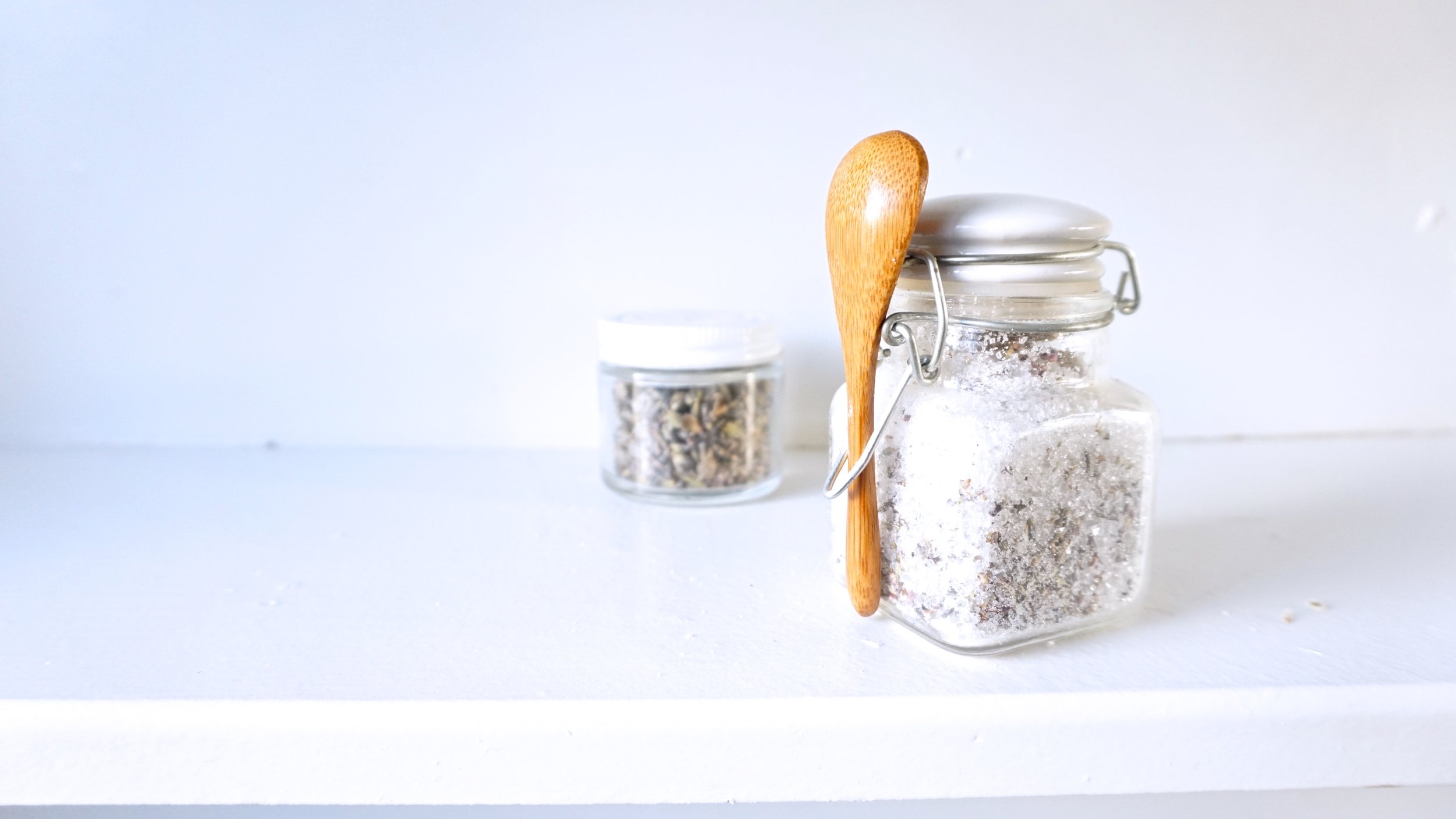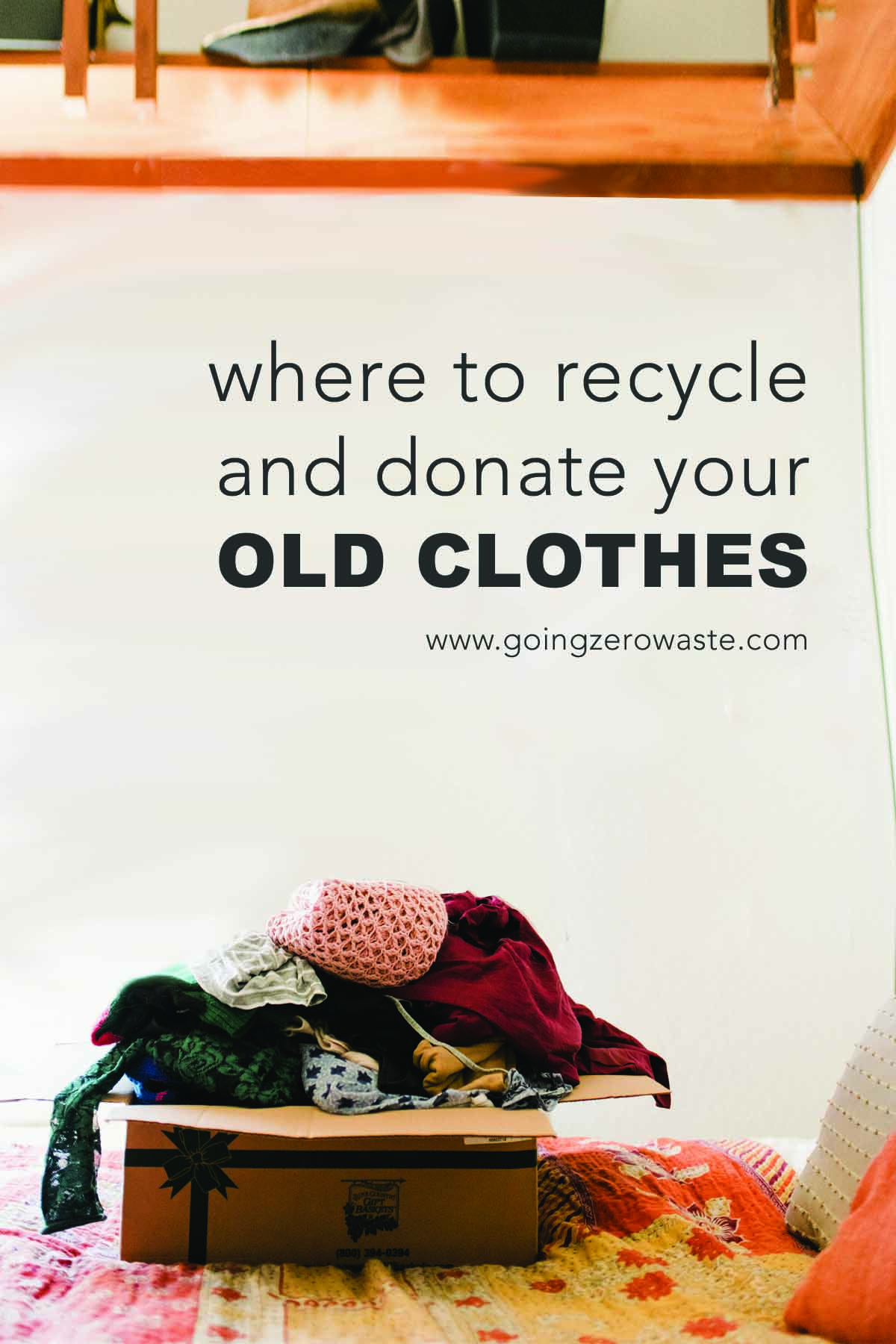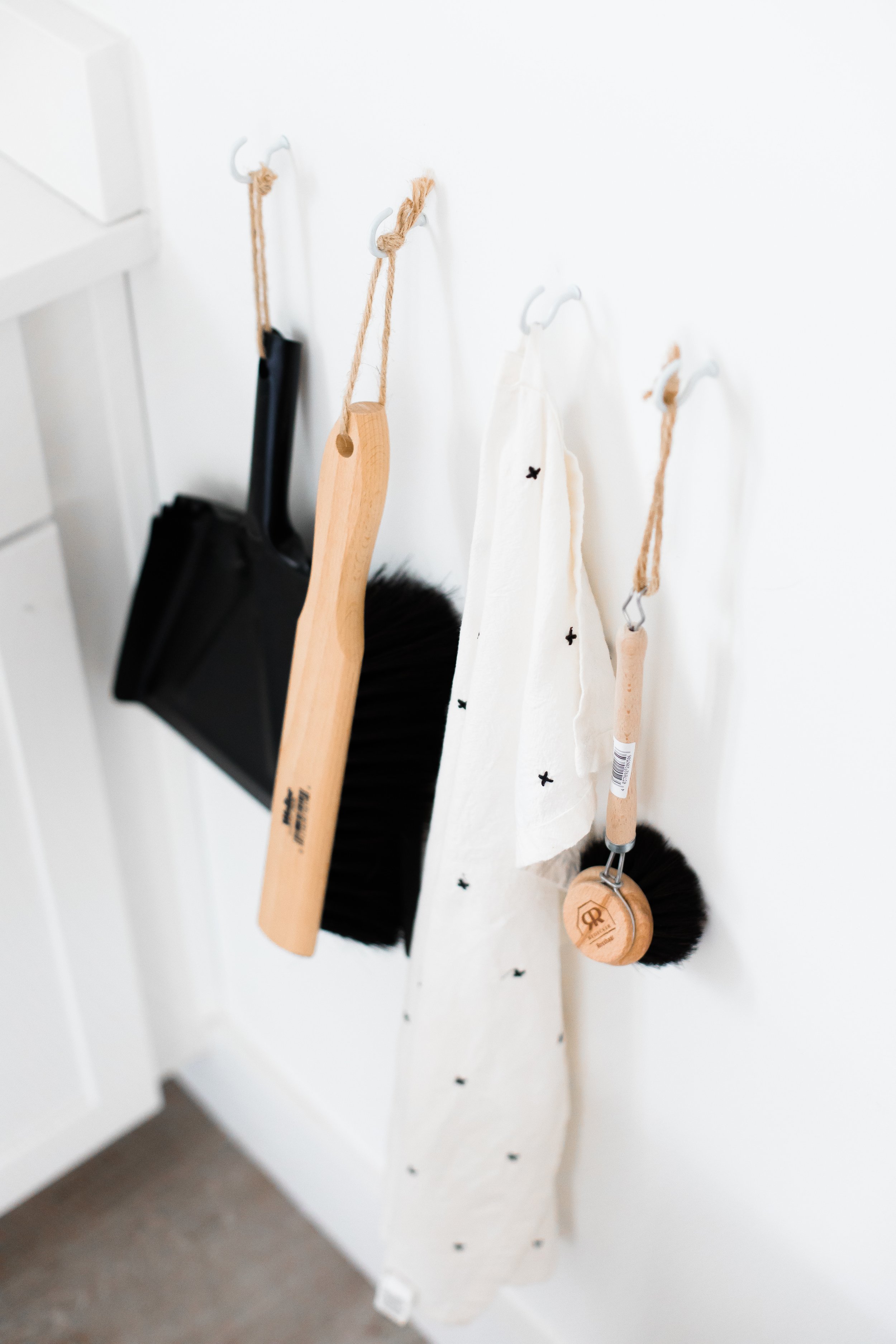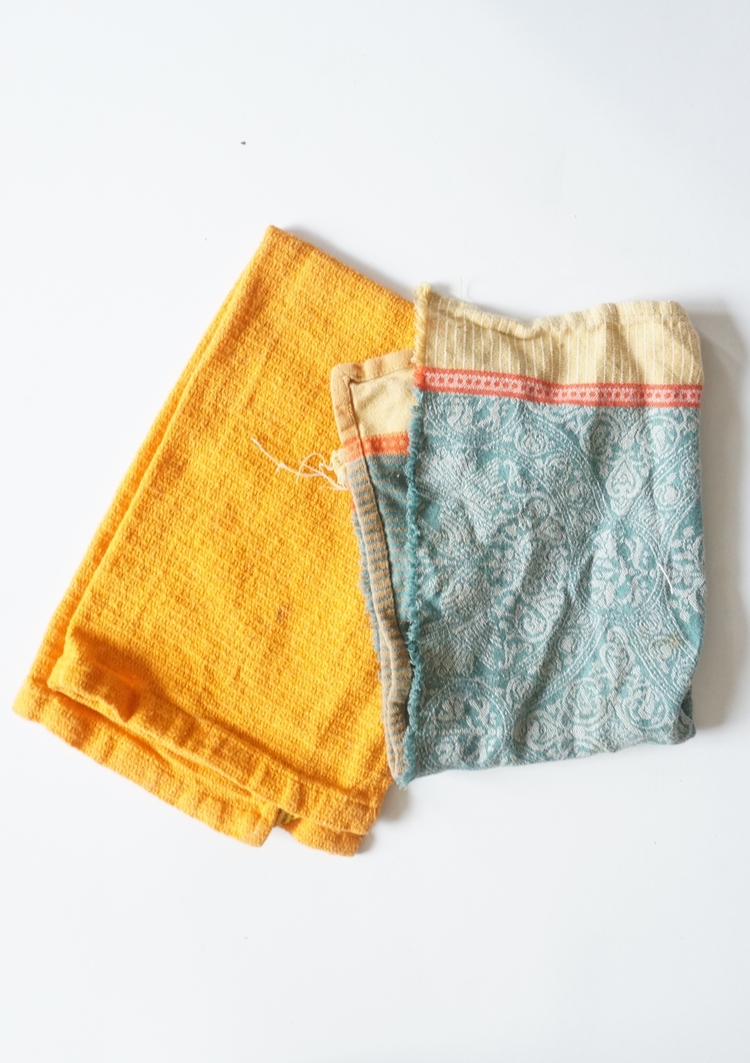Waste audits are the ticket to a successful zero waste journey. After all, how can you reduce your trash if you don’t know what you’re throwing away?
It’s day 31 of the zero waste challenge. Can you believe it?
It’s the final day of the challenge, and I’m already thinking about next year… like what if the challenge were an app and you got points!? And, at the end of the challenge if you got x number of points you won a prize!?
What do you think? Too much? / Do you know/are you an app developer?
The beginning of the challenge is focused on simple swaps like bringing your own water bottle and bags to the grocery store.
The second phase of the challenge is focused on lifestyle changes like learning to make your own snacks, decluttering your life the zero waste way, and conserving natural resources.
Now, we’re into the third phase of the challenge. The activism phase. The phase where you get to get a little outside of yourself and work on bringing change at a whole new level.
Today I’m challenging you to perform a waste audit. And, once you’ve mastered it, call up your friends and teach them how to do one too!
Prefer video content? Scroll down to the bottom of the page.
the problem:
if you don’t know what you’re throwing away, it will be difficult to figure out where you can improve and reduce your waste.
See, I don’t believe that you have to be perfect to make a difference, but if you can identify a few of the major areas you’re creating waste - you can have a massive impact with just a few small changes.
For instance, in your trash can, you find a bunch of paper towels, tetrapaks of nut milk, and food scraps.
Well, with three small changes like breaking up with paper towels, buying cashews from the bulk bins and making your own nut milk, and composting - you’ve eliminated 80% of your house hold waste.
All it took was three small changes!
But, you will never know what your top three changes are without performing a waste audit.
the solution:
All you need is a couple of minutes, a little commitment, and a clipboard or notebook.
1. get to know your trash:
Dump all of your trash and recycling out and go through it. For each item you find write it on the clipboard.
For each recurring item add a tally mark.
2. organize by tally mark:
This will give you a nice visual road map on how to reduce your trash. You can figure out where you can make the biggest impact.
I love it when people just want to dive into zero waste, 100%, right away! But, it's hard. There's a lot of changes that you'll be making, and it's important to avoid burn out because it is IMPOSSIBLE to go zero waste overnight.
It's impossible to do it in a week or even a month! I STILL have products from my PZW days even three years later.
3. make some changes:
Now, you can start looking for easy zero waste swaps. Always start with the things you're throwing away most for two reasons.
You'll have make the biggest impact.
You're going to notice an immediate difference. And, humans love instant gratification.
I'd want to tackle the first five right off the bat.
PAPER TOWELS: The first thing I would do is start phasing out paper towels for reusable dish towels. Get my six tips for ditching paper towels.
FOOD SCRAPS: Then I'd start composting. Composting is one of the best things you can do for the environment! Whether you're in an apartment or have a backyard, there are a lot of options for you to explore.
Before you even get to composting, maybe you can eat those scraps! Check out 8 recipes for using up your food scraps, and my guide to storing your produce without plastic.
Q-TIPS: You can buy q-tips with paper bases instead of plastic ones and then throw them in your compost!
JELLO: As far as jello cups go, you could make a big batch of jello from the box. You can recycle or compost the box, and then divide the homemade jello up into individual containers like these*.
Not all schools allow glass in lunch boxes, so a stainless one* might be a good option instead of plastic.
COFFEE CUPS: Avoiding coffee cups is pretty easy! Check out all my tips in this post about The Big Four
4. repeat:
Your trash probably changes from week to week. Keep checking in on your trash and recycling to see where you can easily improve. I recommend doing this once every couple of months.
Obviously, there will always be some unavoidable trash. The first thing that pops into my mind is medication.
I get a lot of people emailing me asking how to handle the trash with their medication.... and my answer is always the same.
YOUR HEALTH COMES FIRST!!!
I will scream it from the rafters. Do NOT let any other person tell you differently. I've seen some other prominent zero wasters say some scary things....
So, one more time for the people in the back, ***your health always comes first!***
The fact of the matter is that we lived in a flawed system. For more information read this post about the true meaning of zero waste. It's so long, it got it's own audio file so you can listen while on the go!
Don't look at what you can't do, always look at what you CAN do. There's so many things you can do that don't involve medication. And, seriously, if you changed everything in your life except medication, that's freaking amazing!!
Celebrate! Cause you're awesome. :)
take the challenge!
I can’t believe this is my final challenge for you this year. I’m getting a little emotional.
I’m challenging you to perform a waste audit this week, and swap out your most common items for zero waste alternatives (if there is one).
Most likely there is. If you need any inspiration check out my post The Ultimate List of Zero Waste Swaps.
Did I do a good job covering the zero waste basics?
How do you feel now that you’ve gone through 31 days of challenges? Is your trash can lighter? Your recycling bin less full? I would love to know how the challenge worked out for you! Let me know in the comments below!
want more?
Just starting out? Have 1,000 burning questions!? Get access to my private Facebook group, where I’ll be hosting weekly lives throughout the challenge and I answer all of your most pressing questions.
I’m the head content creator over at pelacase.com and have partnered with them to create an email version of the challenge. I will be sending out weekly recap letters with Pela if you’d prefer to have this challenge in larger chunks and delivered straight to your inbox.
PLUS! I’ll be sending out a brand new e-book at the end of the challenge called the Game On Handbook. Which is all about individual ways to fight climate change. You don’t want to miss it.













